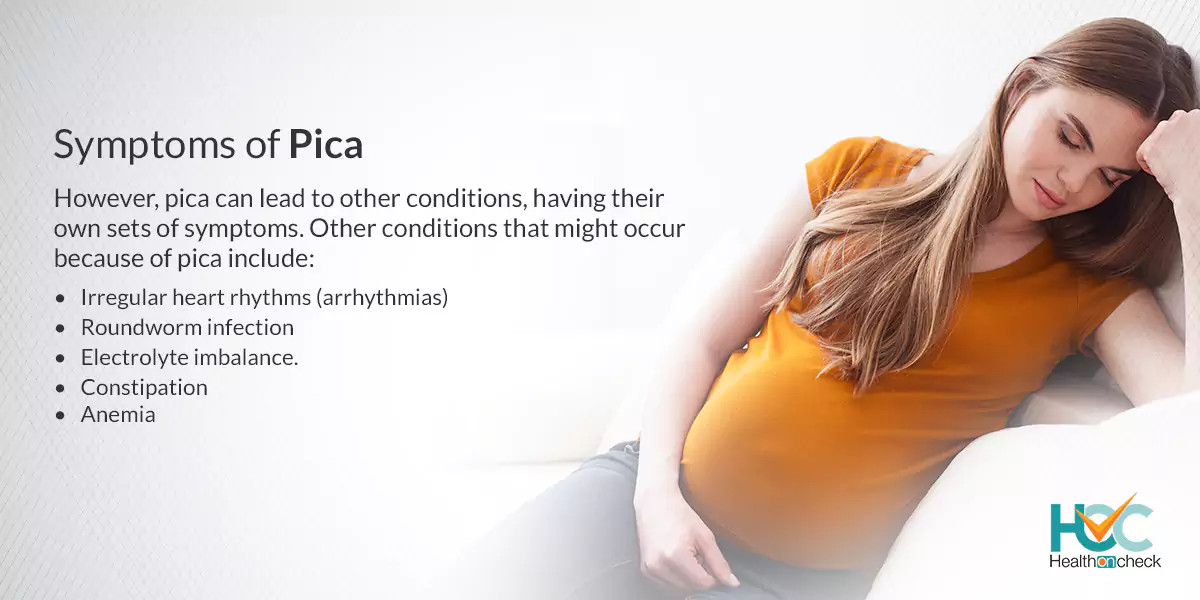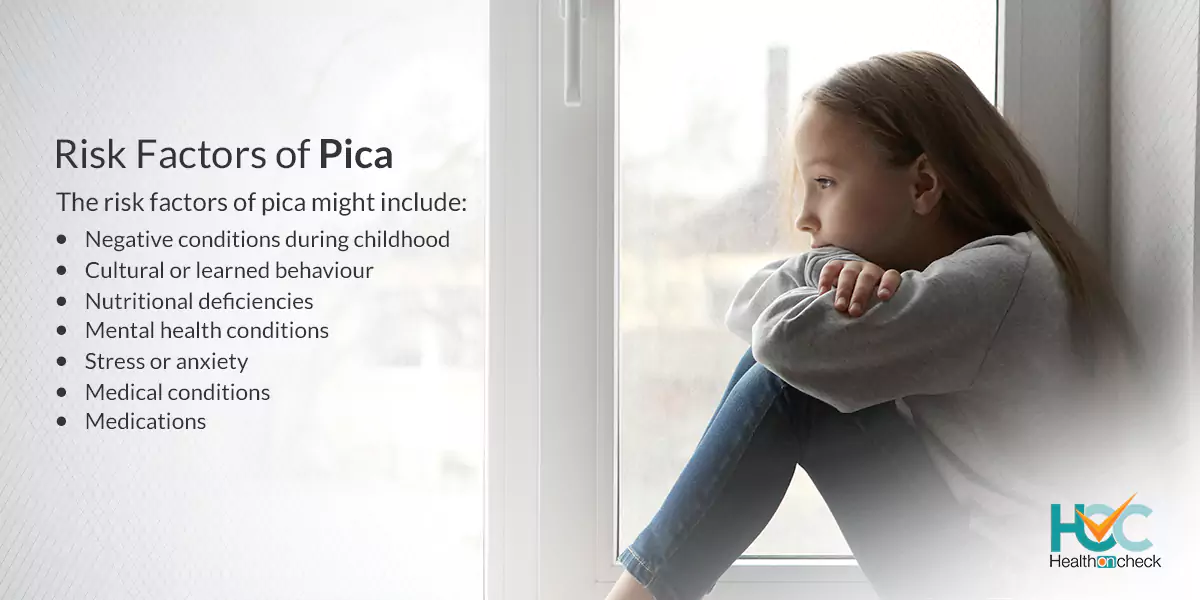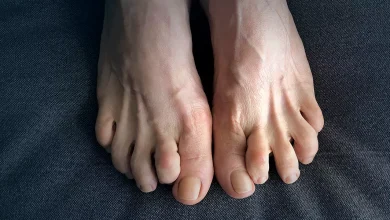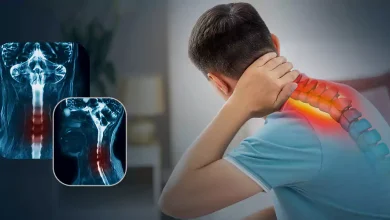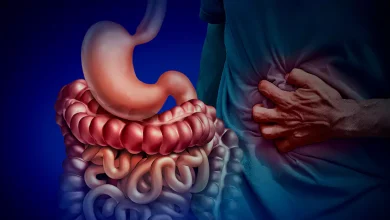What is Pica?

Pica is an eating-related disorder where people eat things compulsively that aren’t food without any nutritional purpose or value. Based on why and when someone does this, pica can be harmless and normal but it can result in major issues if a person with pica eats something dangerous and toxic. Mostly children and pregnant women suffer from this disorder. Pica is generally temporary but if you or your child can’t help but eat things that are not food, then you should consult with your doctor regarding this. Treatment can prevent potentially serious side effects. People who have intellectual disabilities also develop this disorder. Pica is often more serious and long-lasting in people suffering from severe developmental disabilities. Pica got its name from a bird species, the Eurasian magpie (the formal Latin name for that species is Pica pica) because this bird has a reputation for eating unusual things.
What are the Symptoms of Pica?
The only symptom of pica is compulsively eating things that aren’t food without any nutritional value or benefit. People with this disorder mostly prefer a single type of non-food item which they eat.
However, pica can lead to other conditions, having their own sets of symptoms. Other conditions that might occur because of pica include:
– Anemia
– Roundworm infection
– Constipation.
– Electrolyte imbalance.
– Irregular heart rhythms (arrhythmias).
What are the Causes of Pica?
The exact cause of pica is not known yet but a deficiency in iron, zinc, or another nutrient might be connected with pica. For instance, anemia, which occurs because of iron deficiency, might be an underlying factor of pica in pregnant women.
The unusual cravings might also be a sign that your body is trying to replenish low levels of nutrients.
People with specific mental health disorders including obsessive-compulsive disorder (OCD) or schizophrenia, might develop pica as a coping mechanism.
Some people with this disorder might even enjoy and crave the flavours or textures of certain non-food substances. In some cultures, eating clay is considered a normal behaviour and this type of pica is known as geophagia.
In some people, pica might occur because of malnutrition and dieting and in such instances, eating non-food items might help you feel full.
What are the Risk Factors of Pica?
The risk factors of pica might include:
– Cultural or learned behaviour
In certain religions and cultures, specific forms of pica are common and are considered socially accepted behaviours. The practice of eating dirt at El Santuario de Chimayó, a Roman Catholic shrine in New Mexico, USA is a religious example of this.
– Stress or anxiety
Pica might also act as a coping mechanism for people suffering from stress or anxiety.
– Negative conditions during childhood
Pica is more common in children who are from poor backgrounds but the reason behind this is unknown. Some researchers believe it occurs as a coping mechanism for such children to deal with situations of neglect or abuse. It also can be attention-seeking behaviour, among children whose one or both parents are mostly absent for some reason.
– Nutritional deficiencies
People showing signs of pica often have nutritional deficiencies in their diet. Iron (anemia), zinc, and calcium deficiencies are some of the most common factors some people develop pica.
– Mental health conditions
People with mental health conditions have an increased risk of developing pica.
– Medical conditions
Medical conditions such as sick cell anaemia and pregnancy are believed to have connections with pica.
– Medications
Certain medications might increase the risk of someone developing pica but it’s not clear if these medications cause pica in people.
What are the Complications of Pica?
Pica itself does not have any serious complications but eating some particular nonfood items can result in other serious conditions including:
– Poisoning, including lead poisoning
– Parasitic infections
– Blockages in intestines
– Choking
How Pica is Diagnosed?
There is no specific test to diagnose pica and it’s usually diagnosed based on your medical history and various other factors.
It can be hard for doctors to determine if you have pica but is not honest about telling them what you’ve been eating and it’s true for people with mental disorders or children.
Your doctor might prescribe a blood test to determine if you have low levels of iron or zinc. It can be helpful for your doctor to find out if you have an underlying nutrient deficiency, including iron deficiency. Nutrient deficiencies are sometimes connected to pica. Most of the tests for pica are carried out to look out for conditions that might occur because of this condition. These can include a range of diagnostic, lab, and imaging tests, including:
– Blood, stool, and urine tests
These tests are done to check for signs of poisoning, infections, and electrolyte imbalances.
– Imaging tests
Imaging tests include X-rays, computerised tomography (CT) scans, magnetic resonance imaging (MRI), ultrasound, etc. which are done to check for any signs of blockage or internal damage that might occur because of this disorder.
– Diagnostic tests
These tests are carried out to look for serious health problems that can occur with pica. An electrocardiogram (ECG or EKG) is one such test, which detects problems with your heart’s electrical rhythm that can happen because of certain electrolyte imbalances or parasitic infections.
What are the Treatment Options Available for Pica?
Pica in pregnant women normally goes away on its own. Children also usually grow out of pica, especially if they are taught the difference between edible and non-edible items. For children with intellectual disabilities, it’s important to get rid of problematic items along with supervision to stop them from eating items that are not food and can be dangerous for them.
Generally therapy is mainly used to treat people with pica. Several therapy methods are there based on the situation and individual requirements. Some such therapies include:
– Mild aversive therapy.
It includes teaching people to avoid pica behaviours through using mild aversions (consequences) for teaching them to avoid non-food items and positively reinforcing (rewarding) healthy eating behaviours.
– Behavioural therapy
Here people with pica are taught coping mechanisms and strategies that help change their behaviour.
– Differential reinforcement
Here people are taught to avoid pica behaviours by focusing on other activities and behaviours.
Living with Pica
Pica is a very common condition across the globe, especially in a few circumstances. It’s generally a disorder that people outgrow or stop on their own, but for a few, it can be a serious issue. The greatest danger is eating items that are toxic, sharp, or things that can create blockage in their digestive tract. There are mental healthcare treatments and techniques available to treat people with pica. If you have pica, it’s normal to feel embarrassed as a doctor, they won’t judge you and you can freely discuss your concerns with them. They will listen to you carefully and on that basis, they will create a treatment plan that will help you to overcome this condition.
Whom to Consult?
Though pica is not a severe condition it can be dangerous in some circumstances and your doctor can guide you in such circumstances where you may require emergency medical care. You should also seek medical assistance if someone you know has pica and swallowed any potentially toxic or dangerous substances. Your doctor will thoroughly check the person and take measures to remove the substances from the body. If someone you know has pica then you should not keep dangerous things which they can swallow in their vicinity.

